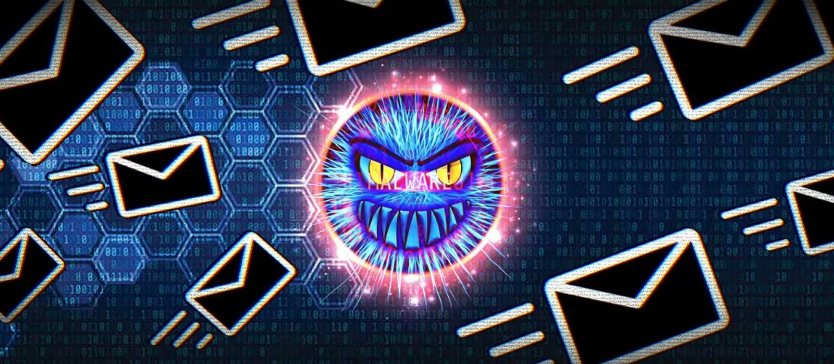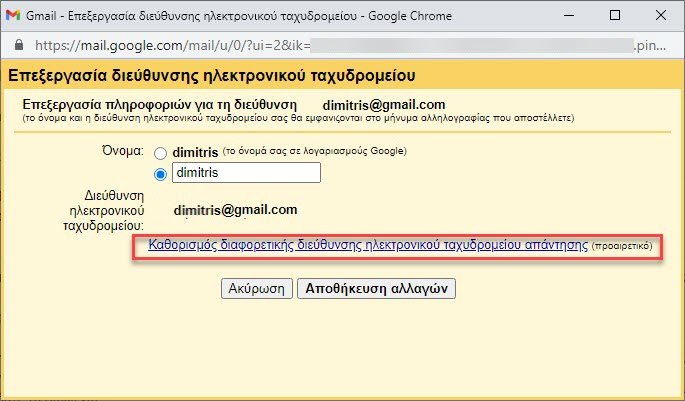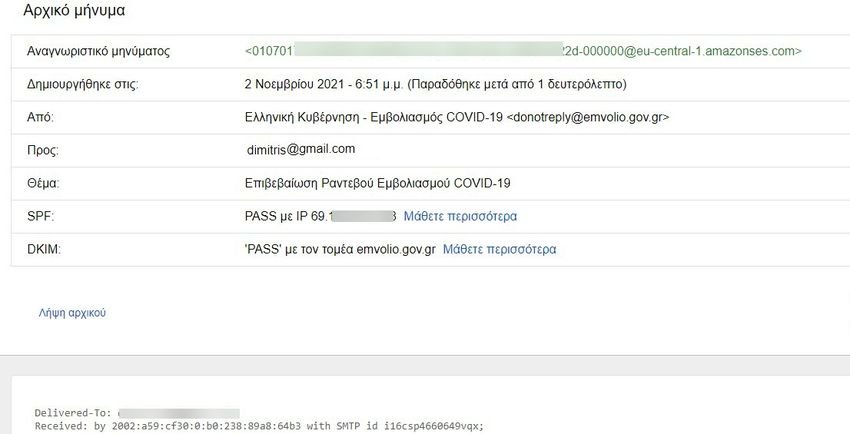Have you received an email that seems a little strange and questionable? If you suspect it may be a trap here are three ways to find out if an email is real or fake.

Have you ever come across an email that, although it looked like it was from a company or a bank, seemed suspicious to you? There are many ways fraudsters use to forge email addresses. But there are also ways to find out if the sender is real or not. See how you can identify genuine emails from fake ones.
1. Check the "From" address.
You will often find that fake emails have a similar sender address to a known company or service. It is common in phishing emails trying to "fish" you.
Take for example a bank, say Piraeus. If you receive an email from Piraeus, you will see that the email address is IBankV2Email@piraeusbank.gr. Scammers would use similar email addresses as IBankV2Email@piraeus_bank_sa.gr to try to trick the recipient.
Another example is the way fraudsters enter the name of reputable companies to deceive the public. For example, they could mistype Microsoft using an "r" and an "n" to make it look like an "m".
Alternatively, fraudsters could use counterfeit software to show you a legitimate email address. In this case, it is much more difficult to say whether the email is real or not. The indications are now limited to any spelling errors in the text of the email or links with suspicious appearance.
2. Check the "Reply to" address.

When you receive an email from someone, you usually reply to them at the same email address unless instructed otherwise. This is what scammers do when they send fake emails using someone else's email addresses, but they don't have access in these accounts.
That is, they send you an email from IBankV2Email@piraeusbank.gr but they do not have access to this email to see your answer.
If a fraudulent email needs to be answered by you, you will see that the "Reply to" field has a different email address than the one that actually sent you the email.
Οι απατεώνες χρησιμοποιούν αυτήν την technique για να λάβουν απαντήσεις, δελεάζοντάς σας να διαβάσετε και να απαντήσετε στα μηνύματα ηλεκτρονικού ταχυδρομείου που στέλνουν, χρησιμοποιώντας ονόματα φημισμένων εμπορικών σημάτων, εταιρειών, κυβερνητικών οργανισμών και ούτω καθεξής.
3. Check the email headers
Three main email security technologies are used, the SPF, DKIM and DMARC. These technologies help recipients of emails to check if they are actually from the recipient or from a scammer.
Most major websites and companies use these three security measures correctly, as they allow your mail client to detect and block fake emails. It is worth bearing in mind that some companies may not use these technologies or may not enforce them properly.
To check the security of an email, click the three dots in the upper right corner of any suspicious email and click choice Show original or Show original or some equivalent term. Here, you'll be able to see each of the security checks and whether the email passed or failed.

Although this situation may not tell you definitively whether an email is real or not, it certainly gives a good sign. If you see a result of failure or soft fail, then you should probably delete the email.
Why should you check your emails?
You may be wondering why your email provider or even the program you see does not automatically check and filter out spam and fake emails with so many controls, firewalls and security levels in place. They are checked and you will even see some of them in a folder entitled "Unwanted".
But he can't do everything. 140 million newly scanned domains in one research of SPF, 80 percent did not have SPF records, which is the minimum for security. Without SPF records, there is no way for your email account to accurately filter spam.
No test or trick can tell you that an email is 100% authentic or suspicious. You may need to do a lot of testing to figure it out.
It is always best to check for suspicious emails
So you should always check what was mentioned above when you suspect that you have received a suspicious email. Piracy and cyber fraud are becoming more common as time goes on. Scammers deceive the innocent public who know little or nothing about technology, constantly using different techniques.
In the future, the number of fake emails will increase due to the significant shift towards digitization. Be careful and control when in doubt.





